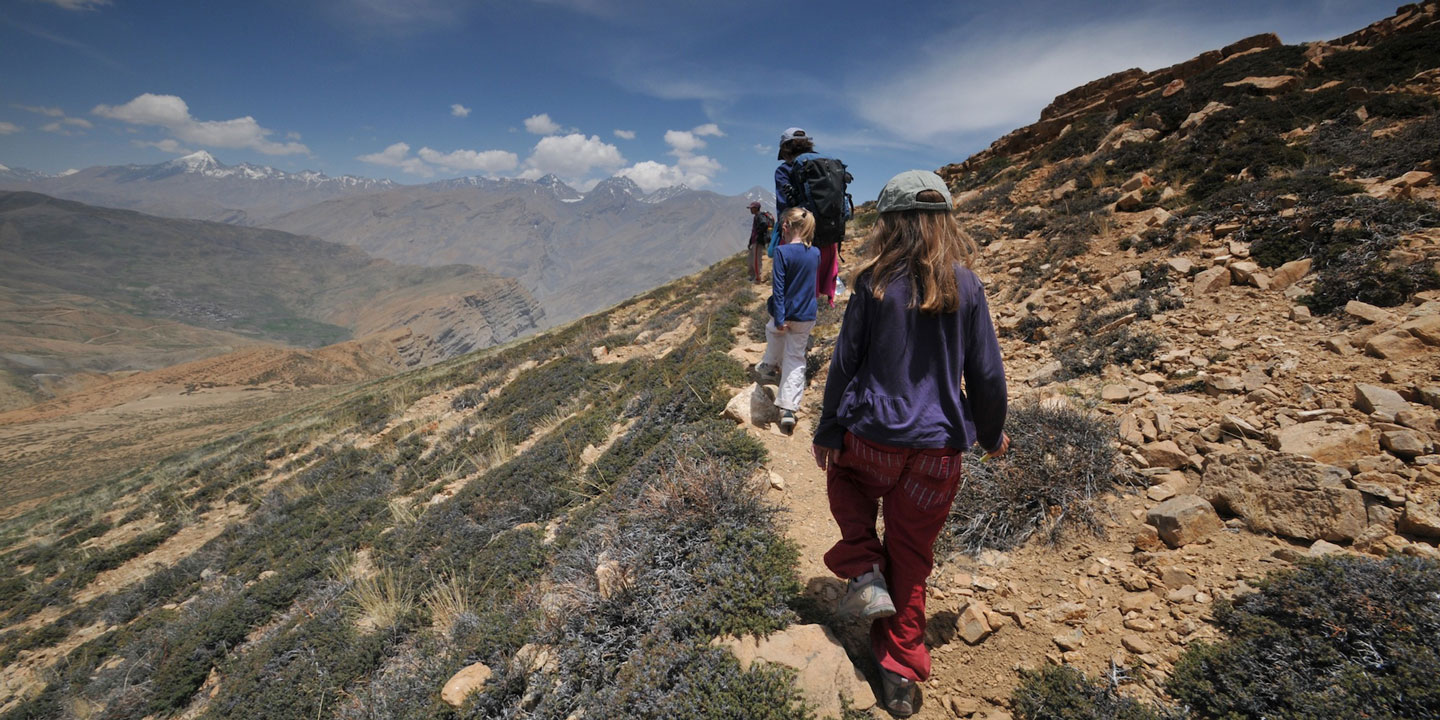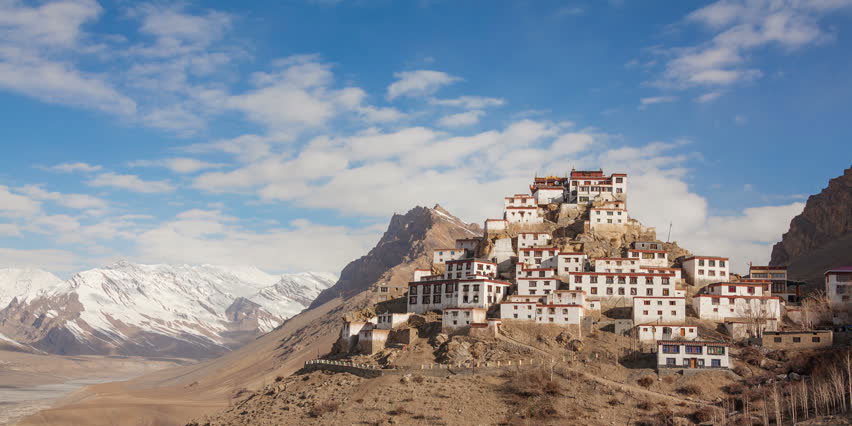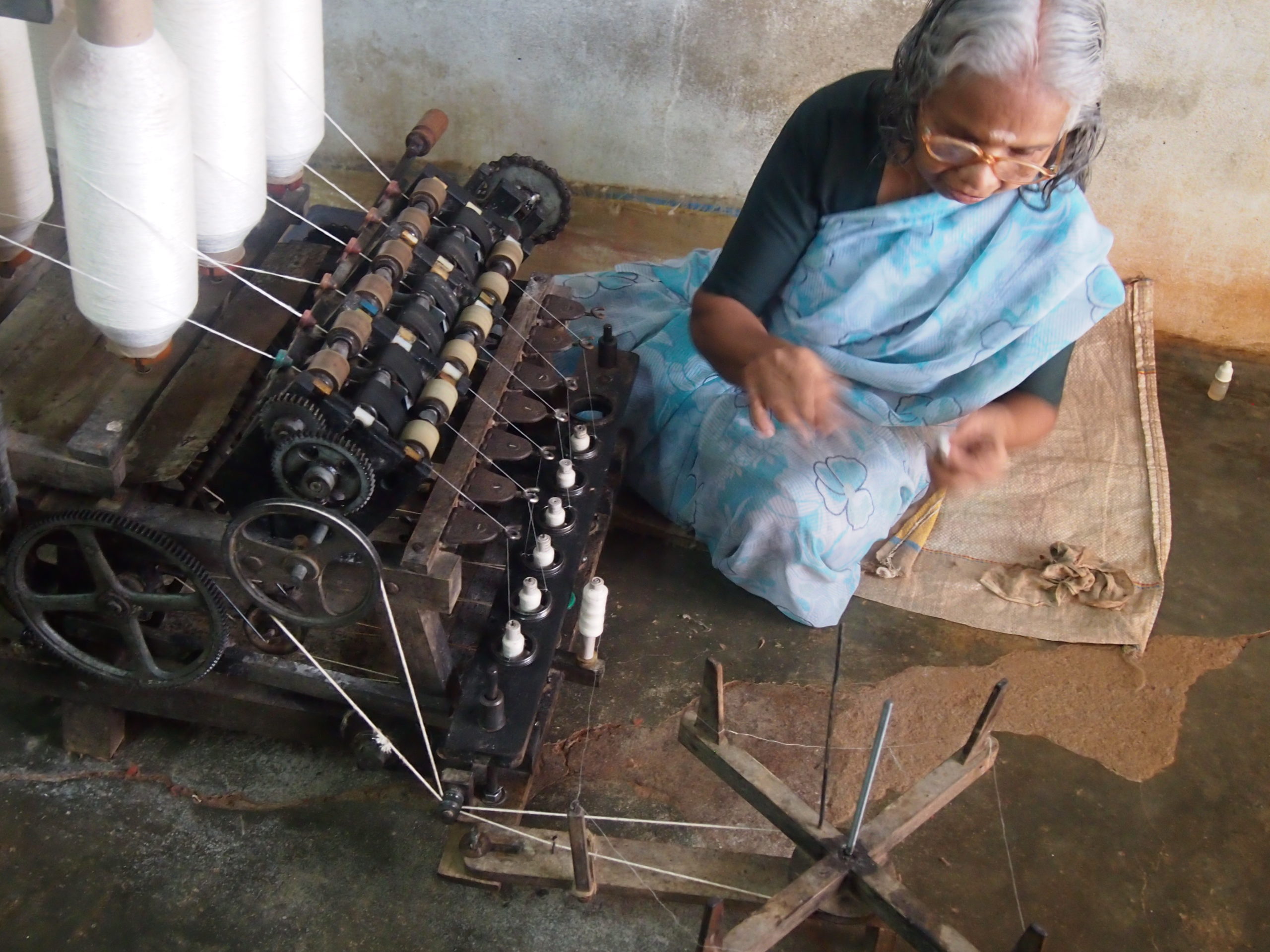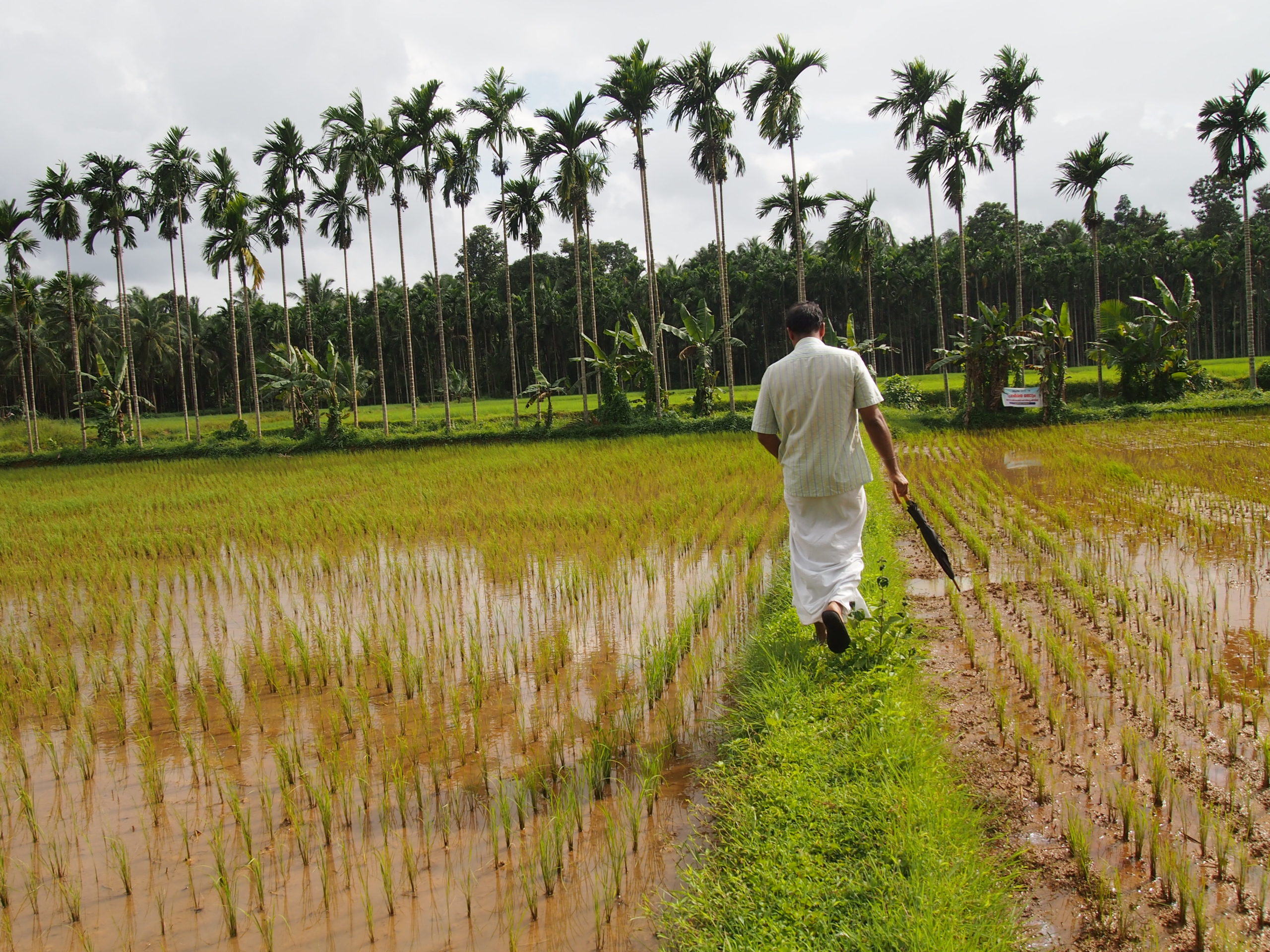

Weather To Go India
3 mins readIndia is the seventh-largest country in the world bordering with countries such as Pakistan, Bhutan, China, Nepal, Bangladesh and Myanmar. Due to its size and location, the country experiences a range of climates throughout the year. Depending on the state you’re in, weather can differentiate from other parts of the country.
Northern India : Delhi, Uttar Pradesh, Punjab, Uttarakhand, Rajasthan, Chandigarh, Madhya Pradesh, Bihar, Himachal Pradesh, Jammu and Kashmir.
Winter: October- March
This is a great time to visit northern India if you like outdoor activities such as skiing, snowboarding and trekking. As Northern India is home to the magnificent Himalayan ranges and Thar desert. Due to this region, the temperatures can range between -2 to 15 degrees Celsius.
In big cities like India’s capital Delhi the temperature averages around 12-13 degrees Celsius. More or less the climate in the larger Northern cities is tolerable and warm
Whereas if you venture further up North to areas such as the Thar desert the during winter temperatures can drop to freezing levels of temperature. So, if you’re planning to visit during this period wrap up warm!
Summer: April- June
In cities such as Delhi, Agra and Amritsar the summers are hot and dry with temperatures reaching 40 degrees Celsius. Likewise, other cities in Rajasthan have also scorching temperatures due to the dry heat. On an evening dropping down to around 20 degrees Celsius. If you visit Northern India during this time of year, make sure to keep hydrated.
Areas around the Himalayas in Northern India tend to be cooler consisting of temperatures ranging from 13-19 degrees Celsius. These are often hill stations such as Ladakh, Shimla, Uttarakhand, Manali and many others.
Towards the end of this season, it can get a bit more humid.
Monsoon: July- September
If you love rain, this is the season for you. Expect heavy rainfall and lots of humidity. During the monsoon season in Northern India, the main months for heavy rain are July and August. Major cities like Delhi, Jaipur, Agra, Rishikesh, Amritsar experience suffer from the highest amount of rainy days for the whole year throughout July and August. However, in Northern India, the rainfall from the monsoon is not as heavy or frequent as other parts of the country.
However rural areas such as the Thar desert, Ladakh and Leh do not face much rain during this season with dry, clear air.
Temperatures can average 35 degrees Celsius during the day.
Eastern India– Orissa (Odisha), Tripura, Assam, West Bengal, Nagaland, Meghalaya, Jharkhand and Chattisgarh.
Winter: October- March
During this season in Eastern India, the weather ranges from 7-16 degrees Celsius.
Summer: April- June
Throughout this season temperatures can range between 18-35 degrees Celsius in Eastern India.
Monsoon:July- September
Temperatures can range across the country from 19-32 degrees Celsius during this season. Certain states such as Orissa become flood-prone due to the rainfall in monsoon.
Southern India– Tamil Nadu, Kerala, Karnataka, Lakshadweep, Pondicherry and Andhra Prades.
Winter: October- March
Coastal regions are still relatively warm with temperatures ranging around 23-30 degrees Celsius. It’s perfect to lounge on a beach or cruise along backwaters. On an evening temperature drops between 15-20 degrees Celsius. Often there is some light rainfall so pack for both types of weather with light waterproofs.
Summer: April- June
During this season in Southern India, temperatures can reach between 25-32 degrees Celsius. A very humid time of the year to visit and temperatures can lift up above the general average. Due to the extreme heat, a lot of people venture to hill stations in this part of India during the summer season as it’s slightly cooler.
This is a good time of the year to visit beach destinations such as Goa on the South Western Coast of India. It’s not as hot as Northern India however still high for the year. Coastal areas have cool breezes.
Monsoon:July- September
Cities in South India face a lot of rain during this season. However, if you’re a fan of rain, mud or mist this is a great time to visit. Hill stations in Southern India are the best to visit this time of year as there are large amounts of greenery and wildlife. In general, the temperatures in South India for monsoon season can range from 23-31 degrees. This time of year is also great to visit the South as there are many local festivals and celebrations held.
Western India: Gujarat, Goa and Maharashtra.
Winter: A comfortable time of year to visit Western India temperatures can range from 12-21 degrees Celsius. Warm on a day time however evenings can get rather cool.
Summer: Western India witnesses the hottest month of the year in April. Summers can reach up to a daytime temperature of up to 40 degrees Celsius and decrease on an evening to 29 degrees Celsius.
Monsoon: Heavy rainfall occurs during monsoon season in western India. Certain coastal areas are often prone to flooding. The temperature in this season can range from 23-31 degrees.
We advise to also to check the weather forecast prior to your travel as then you will have a good estimate of temperatures and the type of weather that will occur.
Sorry, the comment form is closed at this time.




